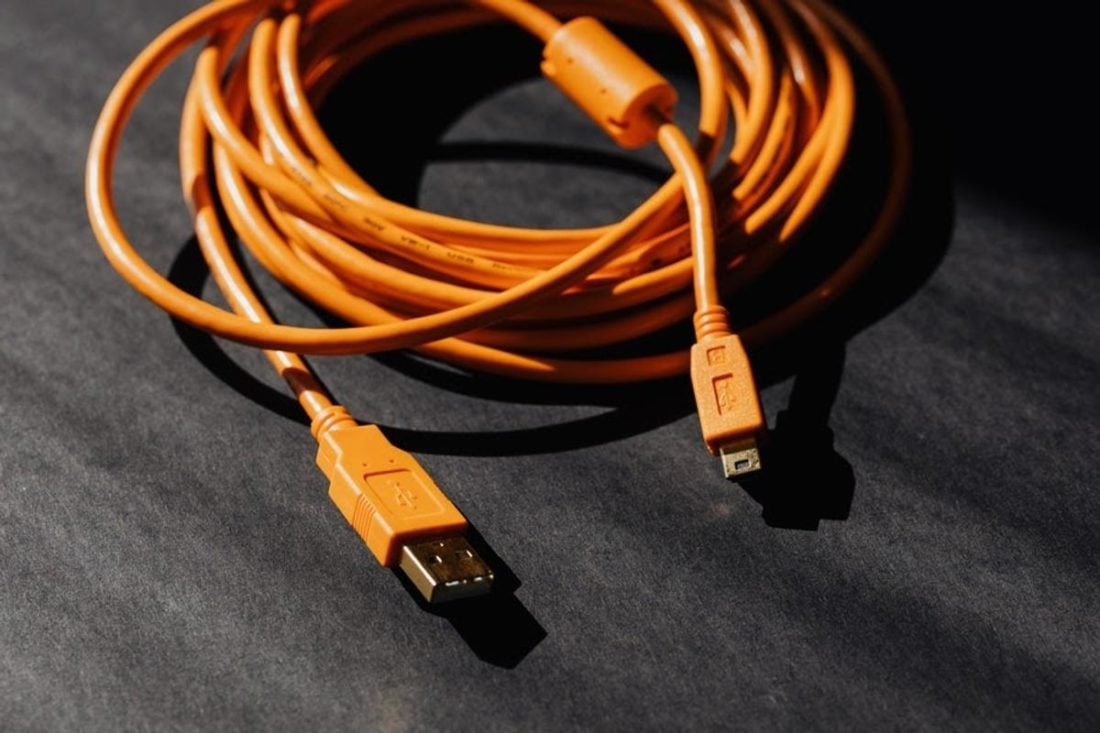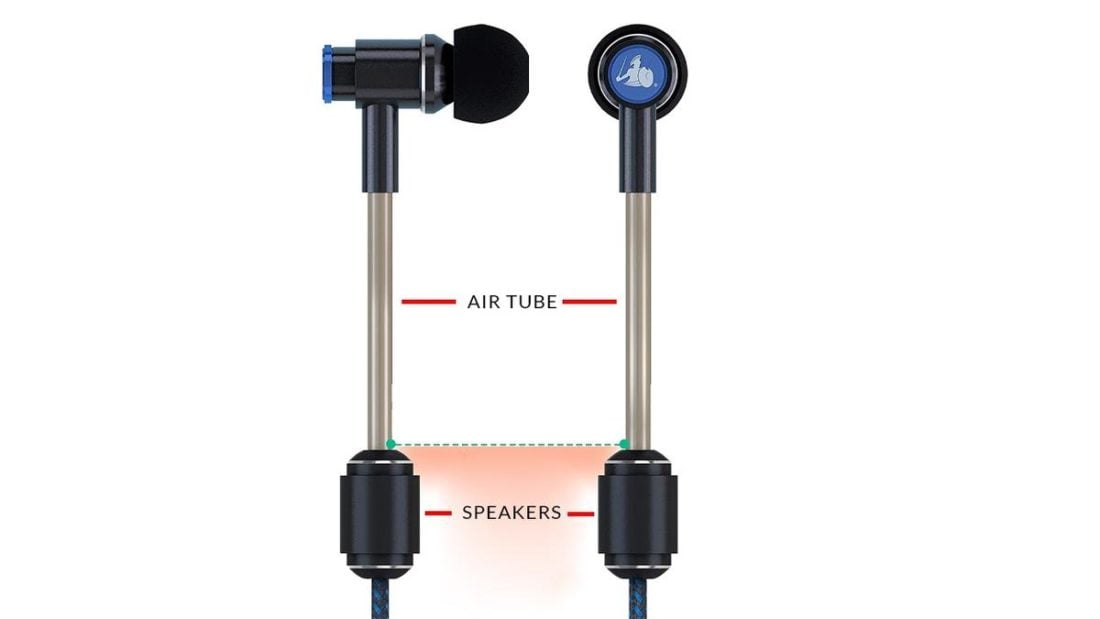Headphones, whether they are wired or not, have become an integral part of our lives. But with reports of wireless headphones’ radiation causing cancer, no one can blame you for worrying about their safety. Worse yet, as you try to find the truth behind this, you’ll be bombarded instead with scary sites claiming that even your wired headphones are killing you! Is it time to say goodbye to your favorite listening devices? Of course not! While we know that headphones do produce some radiation, we can evaluate the resulting dangers rationally. Let this article guide you through the truths and myths surrounding Bluetooth and wired headphones radiation.
What Is Electromagnetic Radiation?
Electromagnetic radiation (EMR) is, much like all types of radiation, a form of energy. While radiation seems scary and brings forth images of atomic bombs and destructive nuclear power plant meltdowns, the reality is quite a bit different. In short, radiation is an unavoidable part of life. The Sun’s rays are radiation, your microwave cooks with radiation, there is even a field of study called sound radiation. Some radiation is harmful and some radiation is not. For electronic devices such as headphones, we mainly talk about EMR. This is created when atoms in the system absorb energy.
Two types of EMR
When it comes to EMR, it is important to look at the two primary types:
Ionizing EMR Non-ionizing EMR
Ionizing EMR is higher energy and can cause damage to DNA and cells due to its ability to remove electrons from atoms. Sources include the sun, X-ray machines, and nuclear waste. On the other hand, non-ionizing EMR is much safer due to its low energy levels that cannot alter atoms. It includes Bluetooth devices, cell phones, Wi-Fi, and energy radiating from power lines.
Worries Surrounding Non-Ionizing EMR
While most scientists believe non-ionizing EMR to be harmless, many people remain worried since this is still classified as ‘radiation’. In fact, the International Agency for Research on Cancer (IARC) has classified non-ionizing EMR as possibly cancerous. This means that there is not enough evidence to completely rule it out as a carcinogen, but also not enough evidence to suspect that it is. Therefore, no one has conclusively confirmed nor denied whether or not non-ionizing EMR can cause cancer. But, it’s ruled to be safe to use for long periods and the risks may outweigh its benefits. Another common source of concern is the direct comparison of Bluetooth vs wired headphones radiation amounts. The logic goes that since wired headphones aren’t emitting a signal, they aren’t putting out radiation. Unfortunately, this is false since wired headphones only put out a type of weak radiation called extremely low frequency (ELF), which is even safer than regular non-ionizing EMR.
Should You Worry About Radiation From Headphones?
No. Radiation does cause cancer but not all types of radiation can do so, especially those that come from headphones. A much more supported cause of damage from non-ionizing EMR in headphones is simply heat, which can be dangerous at high levels. The good news is, the U.S. Environmental Protection Agency US EPA) also reports that lower level emitters, such as cell phones and headphones, do not produce high enough levels of heat to cause harm. There are no repeatable studies showing short-term exposure to low-heat radiofrequency waves causing significant damage to people.
Where did the radiation concern come from?
Despite all available studies, some people still remain concerned. This is mainly because many news sites cover a petition from EMF Scientist calling for protection from non-ionizing EMF exposure. This group’s main purpose is to call for more investigation into the safety of EMF waves. These ‘scientists’ aren’t without controversy, though. For one, they refute evidence from the EPA, cancer.gov, worldwide committees, and reputable scientific journals. Another extreme red flag comes in the form of concern for people with a condition referred to as electromagnetic hypersensitivity. This is a pseudoscientific condition that doesn’t hold up to double-blind studies. Anti-EMR/EMF groups also point to a study that shows a potential link between some types of EMF exposure and danger to mice brains. However, most reputable resources today show that these results could not apply to humans.
3 Tips Against Bluetooth & Wired Headphones Radiation
As mentioned, both Bluetooth and wired headphones aren’t dangerous. That’s why extra precautions against radiation from your headphones are not needed. Despite this, anti-EMR and EMF marketers often use scare tactics to promote products designed to ‘lessen radiation exposure’. In the following discussions, we’ll explore some of the products that anti-EMR people advertise and discuss the truth about their actual uses. Many of these products and ideas have some interesting features or properties, but protecting you from the dangers of EMR isn’t one of them.
1. Use ferrite beads
Ferrite beads are common suggestions for reducing EMR and are used in circuitry for that exact purpose. Not to protect the end consumer, of course, but to protect the circuitry itself. In reality, installing a ferrite bead on your sound equipment can reduce the likelihood of your headphones from producing high-pitched whines and hums from radio frequency interference.
2. Opt for air tube headphones
The next popular product recommended by anti-EMR and EMF people is air tube headphones. Air tube headphones work by producing the sound in a place far away from your ears. The sound then travels through empty tubes up to your ears, no internal wires required. Despite there being no known mechanism by which the frequencies of typical headphones can cause cancer, the DefenderShield air tubes are still interesting from a mechanical perspective.
3. Limit Bluetooth headphones use
One of the best ideas from the frequency-fearing is to simply wear your Bluetooth headphones a bit less. This is a great idea, not because Bluetooth devices produce harmful frequencies, but because this can save us from ear damage. Limiting your daily headphone and earbud usage is great from an overall ear safety perspective — especially when it comes to preserving your hearing. Prolonged exposure to loud noises will harm your ears. Yet again, from a Bluetooth vs wired headphones radiation and sound safety perspective, they rank the same – this is all about volume in your ears and no other factors.
Conclusion
All reasonable science suggests that your headphones are safe. You don’t need to worry about Bluetooth vs wired headphones radiation or emitted frequencies. With the faux doctors and snake oil salesmen turned off, you breathe a sigh of relief. A lot has been learned, but there are still burning questions about headphones and safety.
Can my toddler wear headphones? Are noise-canceling headphones actually safe? Can you get electrocuted by headphones? Do they cause ear infections?
The list goes on. We know this is still somewhat of a contentious topic. There are so many scammy websites out there that claim these things are going to kill us, but none of them seem to link to substantial, repeated studies. What’s your take? Is there something we’ve missed? We want to know below. Also, we’d love to hear your safety questions – they just might inspire our next article!


